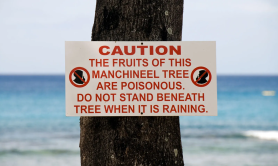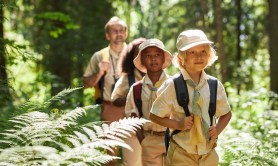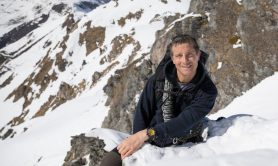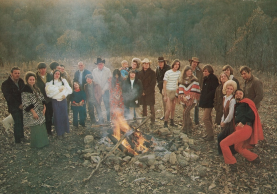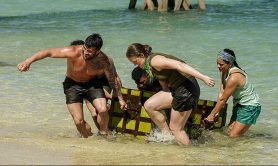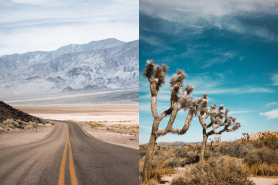

Bear Grylls has been in the world’s hottest deserts many times, and one thing he emphasizes is protection from the elements – to protect your head, neck, skin, and eyes from the sun. You also need to be prepared for temperature changes – the temperature can be as high as 150°F during the day and below 32°F at night.
Videos by Outdoors
Bear advises that clothing is the most basic form of shelter from the elements, and he has learned some tricks along the way:
Natural cooling system
Bear’s favorite clothing for deserts is loose-fitting, long-sleeved shirts and trousers. This allows air to circulate but stops sweat from evaporating too quickly, so the body’s natural cooling system can operate efficiently and dehydration is kept to a minimum.
“Breathe through your nose and not your mouth, as this will reduce dehydration caused by evaporation from the large area of moist tissue in your mouth,” says Bear in his book Born Survivor.
Keep your brain cool
Always wear a wide-brimmed hat or a headscarf in the desert. This acts as a shield from the heat of the sun and also screens out wind and sand.
“While it won’t make you very popular, a trick I’ve used before is to pee on to my headscarf to cool my head,” says Bear in Born Survivor. “After a few days, the smell can get pretty horrible, but the moisture will help combat the ferocious heat of the sun.”
While this might sound a bit icky, don’t forget that if you are in a survival situation, you need to use any technique you can to help yourself, and keeping your brain cool is vital!
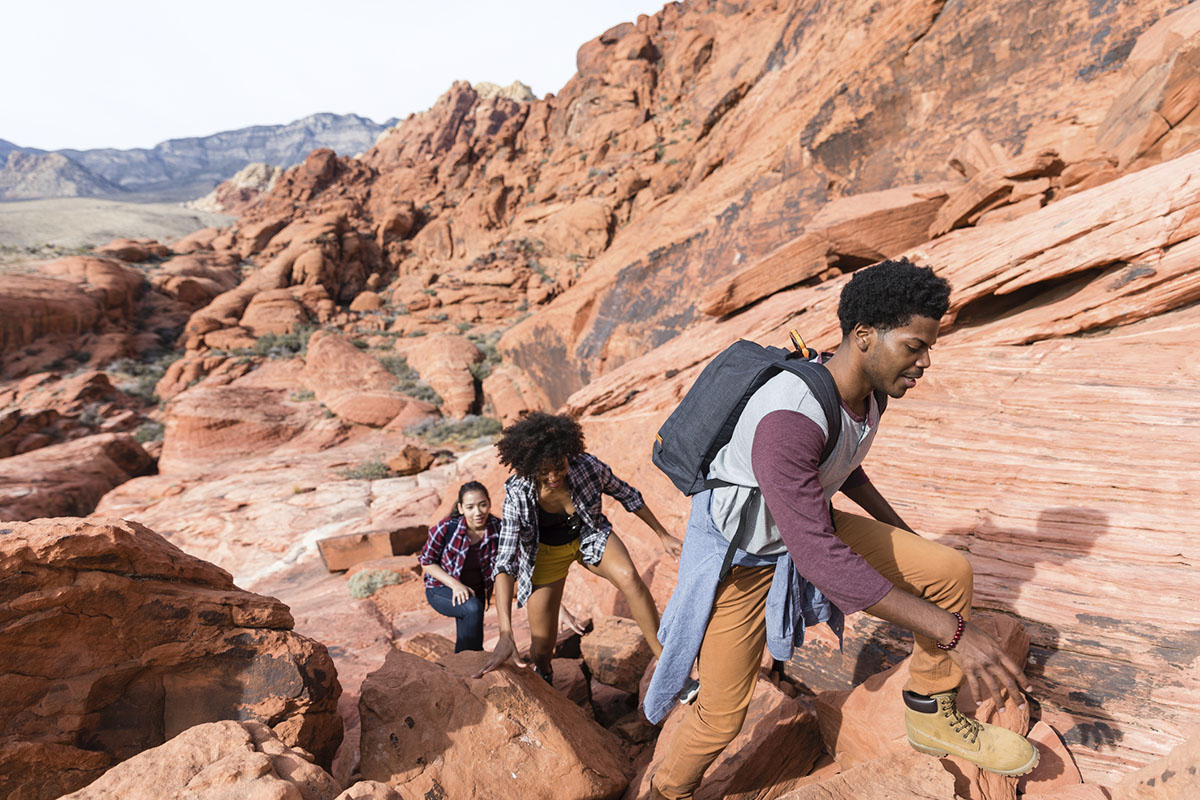
Screen out the sun
If you don’t have sunscreen, you can use charcoal from a fire or dirt from the desert floor to protect your skin. Smear it onto exposed skin on your face and hands.
“Smears of charcoal under the eyes will help prevent sun blindness and also reduce the glare reflected onto your retinas,” says Bear. (This also explains why American footballers smear colored sunscreen under their eyes: to deflect the glare.)
If you don’t have sunglasses with you, use your headscarf to keep your eyes covered – make a gap in the cloth to see through it. Another trick is to tie some bark from a cottonwood tree around the eyes, making slits so that you can see. You can use the cord from the leaves of yucca plants to hang this.
What color to wear
Experts disagree on whether it’s best to wear dark or light-colored clothing in desert conditions.
- Light-colored clothing reflects the heat but it can let solar radiation through. This can burn and heat the skin, and cause sweat to evaporate more quickly.
- Dark fabrics absorb heat and heat the body more, but they keep harmful ultraviolet radiation at bay. Baggy dark clothing allows air to circulate so that the body’s natural cooling system can work efficiently.
Bear says that there is an ideal compromise – and many long-term desert-dwellers choose to wear a layer of lightweight, white clothing over a layer of lightweight, darker clothing.


